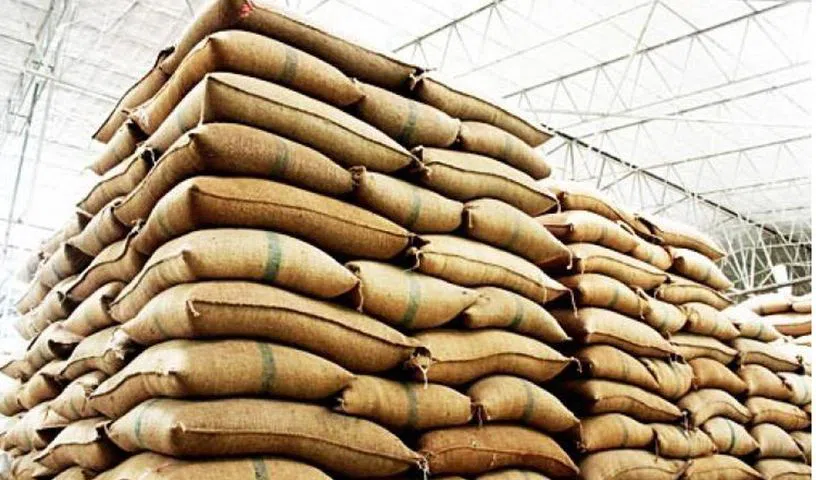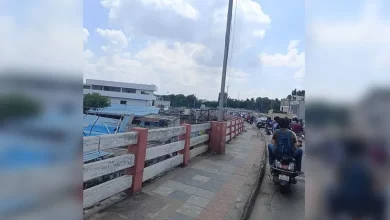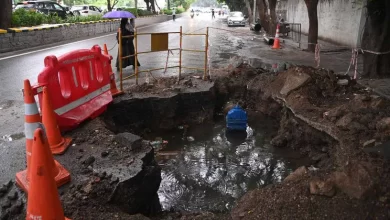
Despite the government’s market intervention initiative aimed at parallel purchases to prevent distress sales, the impact has been minimal. Private buyers, particularly millers, remain largely absent from the market
Hyderabad: A sharp decline in the price of paddy in the open market has triggered panic among Rabi farmers across Telangana. Despite the government’s market intervention initiative aimed at parallel purchases to prevent distress sales, the impact has been minimal. Private buyers, particularly millers, remain largely absent from the market.
Fine-grade paddy is being offered at prices ranging from Rs.1,900 to Rs.2,000 per quintal in the open market. This is relatively much lower than the predicted prices of Rs.2,320 to Rs.2,530 for common varieties and Rs.2,630 to Rs.2,970 for A-grade varieties during the harvesting season (March to May 2025). These predictions were based on 22 years of monthly modal price data from regulated markets in Suryapet and Jammikunta, using market surveys.
However, the reality on the ground is starkly different, leaving farmers worried due to high production costs involved during the season. Scarcity conditions prevailed for much of the season, and untimely rains during the end of the harvesting period caused heavy losses. The price drop is expected to further burden farmers, many of whom are compromising on prices to dispose of stocks lying in the open before they are damaged by the rains.
Strict specifications for paddy procurement under the government’s Minimum Support Price (MSP) scheme have also deterred farmers. Millers are reportedly deducting four kilograms per quintal on various pretexts, even for paddy procured through IKP centers. Despite warnings from officials, these practices continue unabated.
Kharif advantage missing for farmers
During the Kharif marketing season, traders from other States competed for paddy in districts like Karimnagar, Nizamabad and Nalgonda, offering prices higher than the MSP, including a Rs.500 per quintal bonus extended by the government. As a result, paddy procurement fell short of the targets set by the Civil Supplies Corporation during the Kharif marketing season. However, Rabi farmers are missing out on this advantage.
Millers attribute the price drop to a big increase in paddy production during Rabi, not just in Telangana but across the country. Rabi paddy was cultivated on over 49 lakh acres this year, compared to 39.06 lakh acres last year. Advanced estimates suggest rice production could reach 81.74 lakh tonnes. Additionally, increased paddy movement from neighbouring States like Andhra Pradesh and Odisha has further impacted prices.
Millers in Miryalaguda are relying on arrivals from these States to meet export demand. Farmers are bearing the brunt of untimely rains and are forced to compromise on prices to sell their stocks before further losses occur.
– Paddy prices plummet to Rs.1,900–Rs.2,000 per quintal, far below predictions
– Increased Rabi paddy production and inflows from neighbouring States affect prices
– Untimely rains during harvest force farmers to sell stocks at compromised rates
– Strict MSP specifications and millers’ unfair deductions further hurt farmers







